100th Anniversary Great Nave Tour at the Cathedral of St. John the Divine
Celebrate the 1925 construction of the stunning nave inside the world's largest Gothic cathedral!

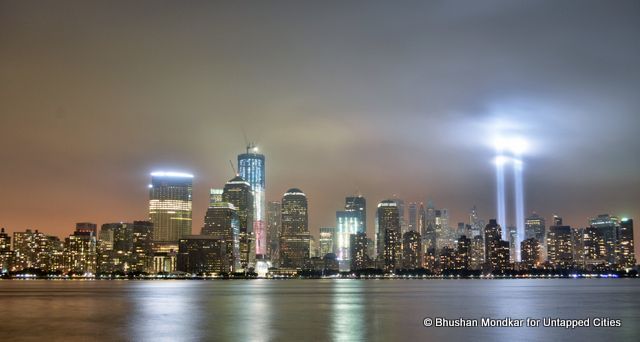
Today, we commemorate the tragedy of 9/11. This year marked the completion of the National September 11 Memorial Museum, but there are many powerful World Trade Center artifacts and memorials on display all around New York City. The city has far from forgotten the tragedy; New York has integrated the scar left on September 11th, 2001 into both the city’s structure and its spirit. In this piece, we trace how the World Trade Center has evolved from when the site was still under the Hudson River up to construction of 1 World Trade Center, the tallest building in NYC.
From 1921 to 1966, Radio Row occupied the area which is now the World Trade Center, roughly 13 blocks of warmly cluttered shops for “techies” of the radio era. The changing shoreline was last altered in the 1960s at the start of Radio Row demolitions. Radio Row was targeted for redevelopment by David Rockefeller who decided, in 1958, that this spot was the ideal downtown location for the World Trade Center, particularly given the needs for the Port Authority to connect New Jersey and New York. The community was furious, but Rockefeller’s success at the new Rockefeller Center and his governor brother gave the developers the leverage they needed to obtain this already “cluttered” real estate via eminent domain.
With the site cleared and development ready to take off, groundbreaking began for the new World Trade Center in August 1966.
In 1982, Agnes Denes created a
2-acre wheat field on the landfill two blocks from Wall Street and the World Trade Center. This field represented food, energy, commerce, world trade, and economics calling to attention mismanagement, waste, world hunger and ecological concerns. This kind of activism condemned the entire world that is Downtown Manhattan, including the towers whose inner-walls dealt with “misguided priorities” and “entitled traders.”On September 11th 2001, the towers were destroyed. For a haunting timeline of the day’s events, see The New York State Museum’s Timeline at Ground Zero. Within a few months, plans for a memorial were already being drawn up during cleanup. This image was taken on September 23rd, 2001 by the United States National Oceanic and Atmospheric Administration from an altitude of 3,300 feet.
Initially, there wasn’t a competition at all for the redesign of the World Trade Center. Six proposals by Beyer Blinder Belle were released to the public and were widely denounced. On November 30, 2001, Governor George Pataki and New York City Mayor Rudoph Guiliani established the Lower Manhattan Development Corporation (LMDC) to oversee the rebuilding of the World Trade Center site and downtown Manhattan. The LMDC instituted conduits of accountability, ranging from advisory councils, to public hearings, and regularly meetings with civic organizations and public officials. Nonetheless, the LMDC still absolved itself of taking full accountability of the public opinion. A competition began in the spring of 2003, which was narrowed down to six architectural teams. A design by Daniel Liebeskind is ultimately chosen but apart from building massing and layout, little remains architecturally of the winning plan after a decade of politics and changes.
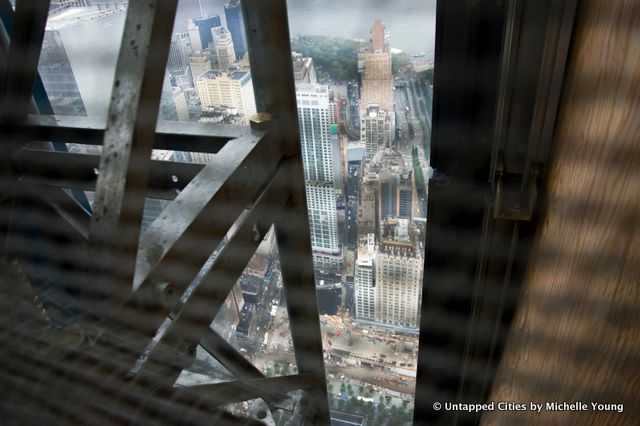
Construction began in 2006 for the Freedom Tower (now named 1 WTC). Toward the end, we got to take a behind-the-scenes tour of the construction site.
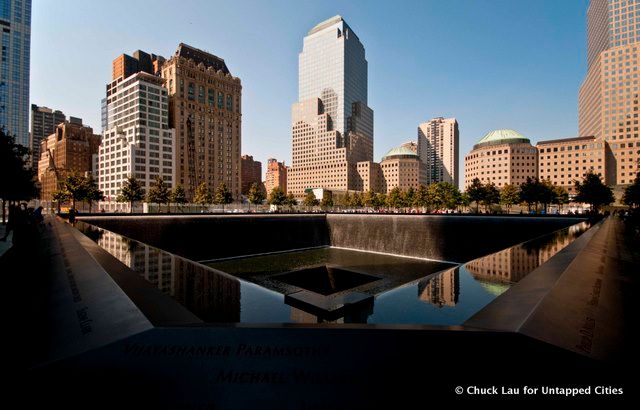
In September 2011, the 9/11 Memorial was openedesigned by Michael Arad opens featuring two reflecting pools marking the former footprints of the World Trade Center.
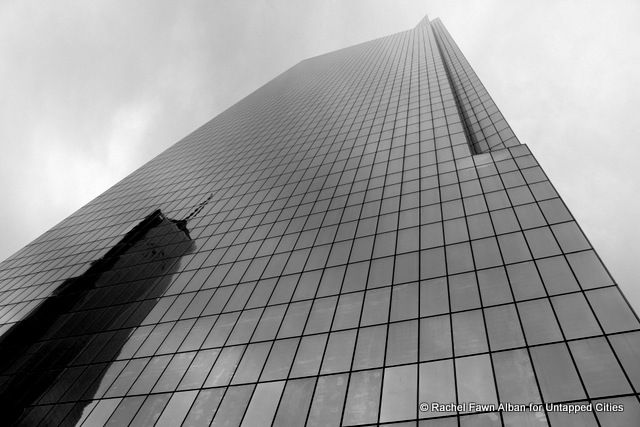
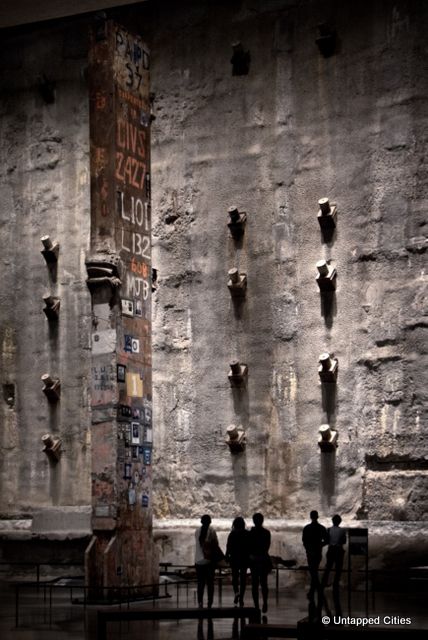
Earlier this year, the National September 11 Memorial & Museum opened.
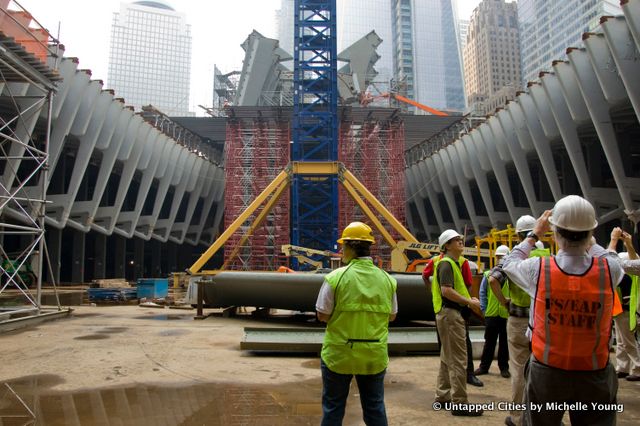
The remaining transit hub by architect Santiago Calatrava is long overdue, past budget and highly controversial. We got to check out the construction which is coming together, slowly but surely.
Four years since the suggestion to replace the Muslim sites of worship at 45-51 Park with a large-scale Islamic community center dubbed Park51, the issue is still being debated. Its relative proximity to Ground Zero has caused 9/11 families, politicians, anti-Islamists, other religious organizations, and even some Muslims to speak out in disapproval. This year, a new proposal suggests condos and a museum of Islam, which would maintain the existing mosque.
See our previous 9/11 coverage including:
10 Powerful World Trade Center Artifacts and Memorials On Display in NYCInside the 9/11 Memorial and Museum
Mr. Brainwash Is Painting A Tribute to 9/11 Victims Near the World Trade Center9/11 Tiles for America Now On Display at Jefferson Market Library in NYC’s Greenwich Village39 Years Ago, A Tightrope Walk Between the Twin Towers Becomes “Artistic Crime of the Century”Inside the 9/11 Memorial: An Essay with No WordsBehind the Scenes at the Construction of 1 WTC, Freedom Tower [PHOTOS]Subscribe to our newsletter